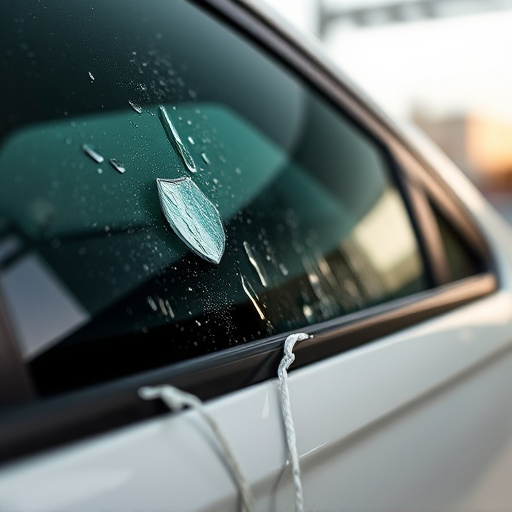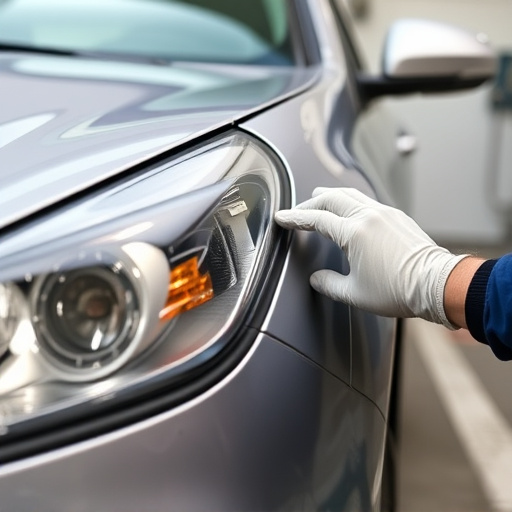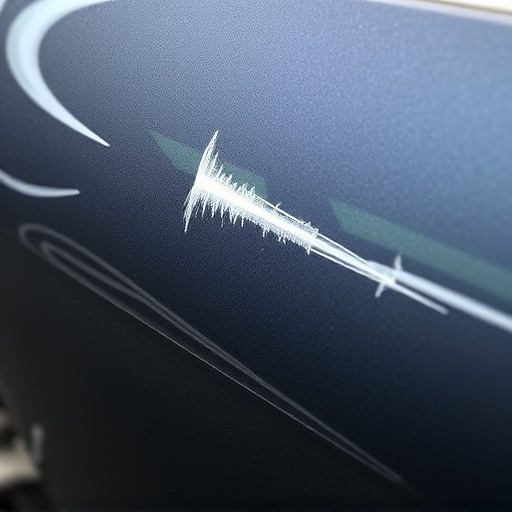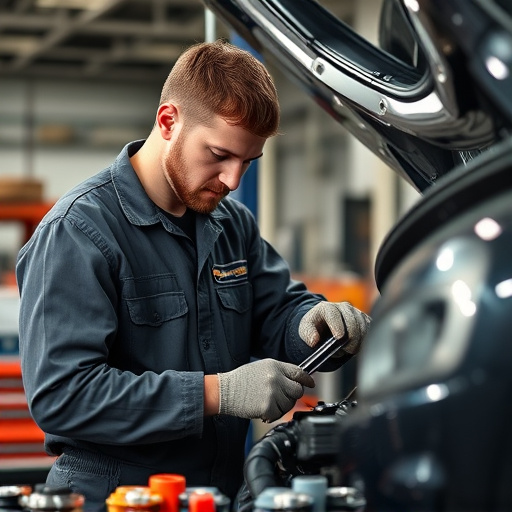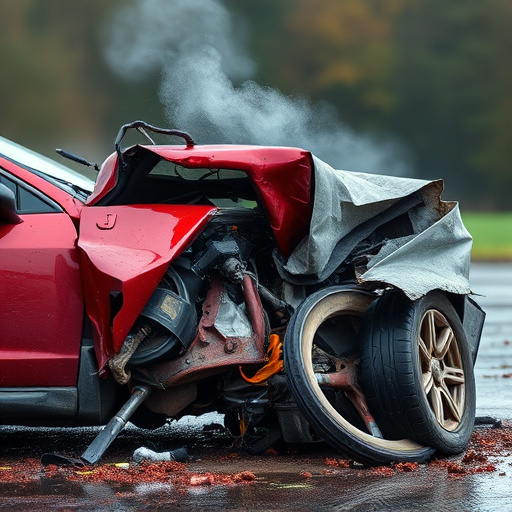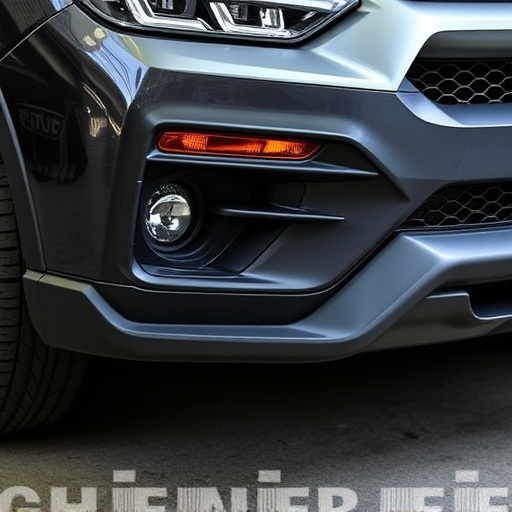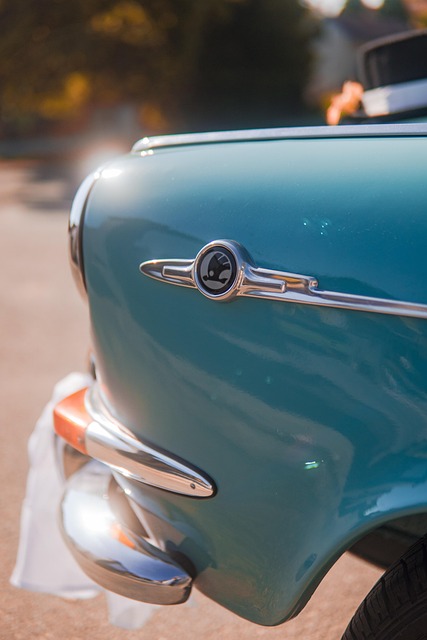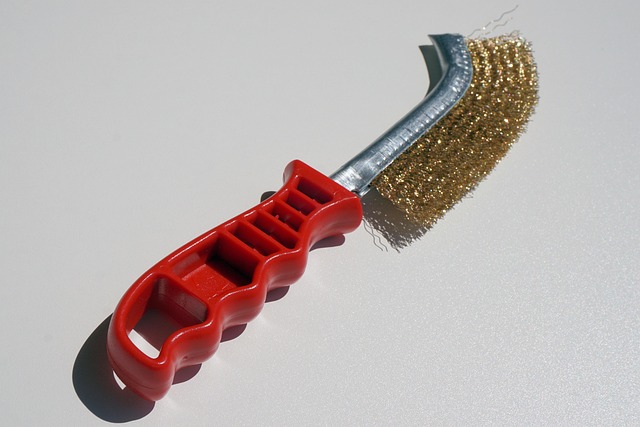Repair Photo Documentation: Essential for Automotive Collision Repair
Automotive repair shops, particularly those specializing in collision and tire services, rely on detailed visual records (repair photo documentation) for customer satisfaction, future reference, and insurance claims. This involves capturing high-quality images with consistent lighting, multiple angles, and scale references. Implementing a standardized imaging system with uniform lighting, clear labeling (including metadata), and file names like "2023-08-15_10:30_VIN123456789_Paintless_Dent_Repair" ensures organized, accessible documentation for accurate repair assessments. Regular staff training on these best practices is crucial for consistent standards across all services.
In the realm of meticulous craftsmanship, repair photo documentation stands as a vital tool for ensuring accuracy and quality. This article delves into the significance of detailed visual recording in the repair process, offering insights into how it enhances efficiency and communication. We explore essential elements for capturing informative images and best practices to guarantee consistent, high-quality documentation, ultimately fostering better collaboration and results in any repair endeavor.
- Understanding the Importance of Detailed Repair Photo Documentation
- Essential Elements for Accurate and Informative Photo Capture
- Best Practices to Ensure Quality and Consistency in Repair Photo Documentation
Understanding the Importance of Detailed Repair Photo Documentation
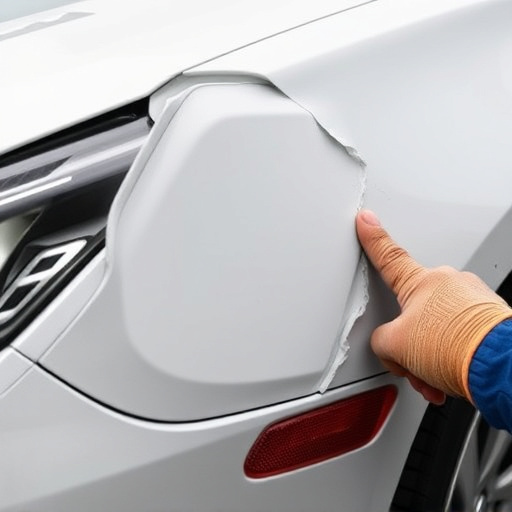
Detailed repair photo documentation is a cornerstone for any automotive repair shop, especially those specializing in auto collision repair and tire services. These visual records provide a permanent, accurate representation of a vehicle’s condition before, during, and after repairs. The significance lies not only in ensuring customer satisfaction but also in serving as a reliable reference for future maintenance or insurance claims.
Accurate documentation through repair photos helps establish a clear chain of custody, allowing shops to track changes made and verify the work performed. This is particularly crucial when dealing with complex repairs, where precise detail is required to match original specifications. Moreover, well-documented photo records can expedite the claims process for clients, demonstrating the extent of damage and the effectiveness of the auto collision repair or tire services rendered.
Essential Elements for Accurate and Informative Photo Capture
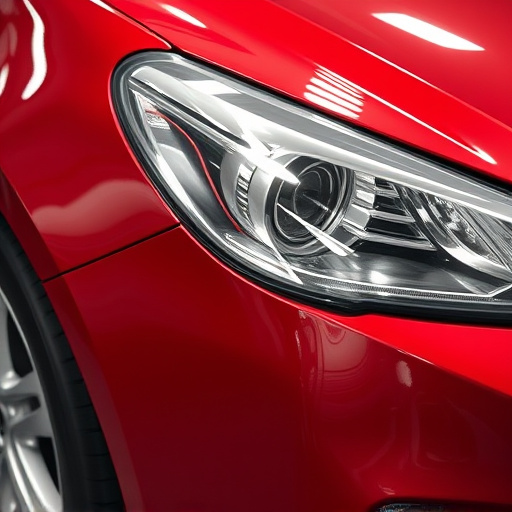
Capturing accurate and informative images is a cornerstone of effective repair photo documentation. For instance, when dealing with vehicle body repair or automotive collision repair, every detail matters. Start by ensuring your photography offers clear, unobstructed views of the damaged areas. This might require removing any obstructions, like wheels or doors, to capture the full extent of the damage.
Use a consistent lighting setup to avoid shadows and highlights that could obscure crucial information. Consider employing multiple angles and close-ups to document different aspects of the repair, such as the auto body restoration process. Additionally, include scale references—such as measuring tapes or known objects—in your photographs to provide proportional context, enhancing the overall accuracy of the repair photo documentation.
Best Practices to Ensure Quality and Consistency in Repair Photo Documentation
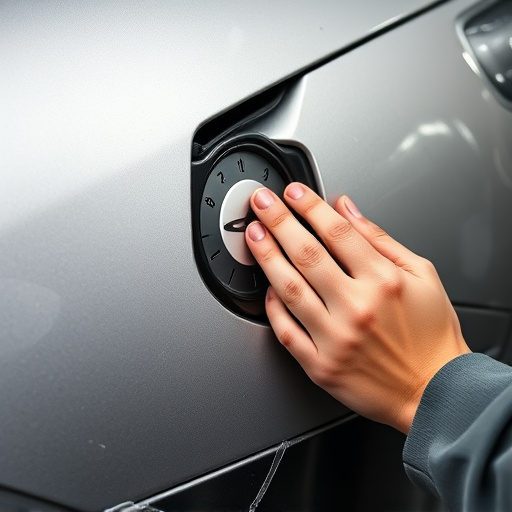
To ensure quality and consistency in repair photo documentation, start by establishing a standardized system for capturing images. This includes using high-resolution cameras with consistent lighting to minimize shadows or glare. Each photograph should clearly show both the damaged area and the surrounding context, enabling precise assessment of the extent of repairs needed.
Implementing clear labeling practices is another critical best practice. Date, time, vehicle identification number (VIN), repair description, and even before-and-after comparisons can be included in image metadata or captions. Standardizing file names—for example, “2023-08-15_10:30_VIN123456789_Paintless_Dent_Repair”—helps organize documentation and makes it easier to retrieve specific records for reference during the repair process or in case of future disputes. Regular training sessions for staff on these best practices will ensure adherence to consistent standards, ultimately enhancing the accuracy and detail in repair photo documentation across all projects, be it paintless dent repair, auto maintenance, or automotive body shop services.
Repair photo documentation is a critical aspect of ensuring accurate and detailed records for any restoration or repair project. By adhering to best practices, professionals can capture high-quality images that convey essential information, facilitate efficient communication, and serve as valuable references for future work. Investing time in meticulous photo documentation not only benefits the current project but also enhances overall workflow efficiency and reduces potential errors.
